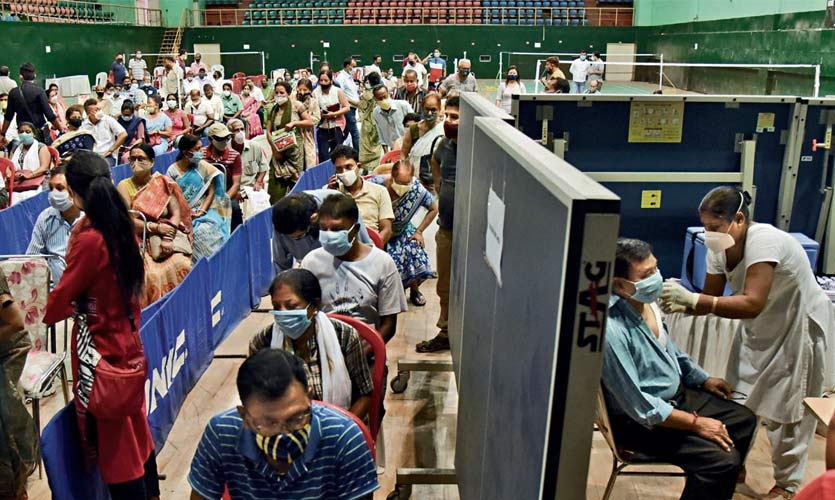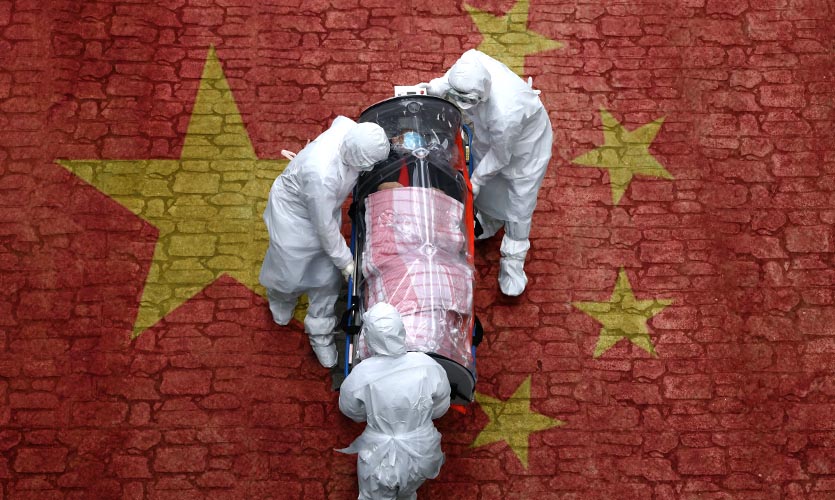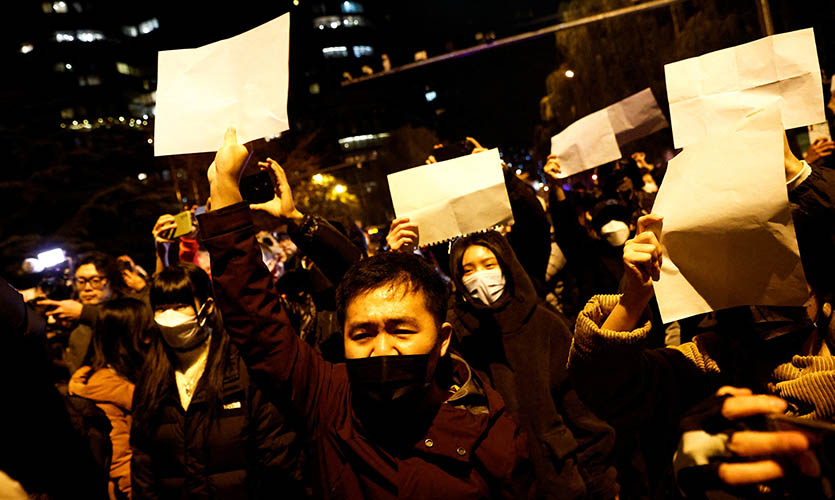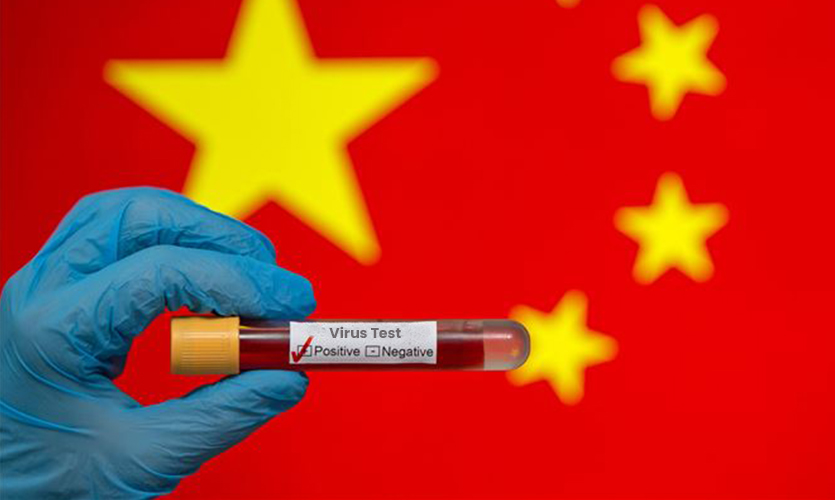COVID-19 has induced burdens of morbidity and mortality by crashing societies and economies around. One of the biggest roadblocks seen in the recovery from the catastrophic impact of the pandemic is the prevalence of vaccine hesitancy among people. According to a recent survey conducted across 19 countries, vaccine acceptance is not seen in all. The acceptance rate ranges from 90 percent in China to 55 percent in Russia. In India, the world’s largest vaccination program was initiated on January 16, 2021, with the intention to vaccinate 900 million eligible citizens. According to CoWIN data, so far only about 16 percent of the population has been fully vaccinated and about 63 percent has been partially vaccinated. While the pace of vaccination in India has slowly picked up, various contributors such as shortage of vaccines, lack of infrastructure, logistics and equitable access to vaccines as supply-side barriers have impacted its speed. One of the leading factors for this delay is vaccine hesitancy, which was generated from lack of trust, fear of side effects and concerns about the safety and efficiency of the vaccines. The misguided hesitancy has been a threat to eliminating the pandemic and in achieving herd immunity.
In 2015, the World Health Organization (WHO) with a Strategic Advisory Group of Experts on Immunization, claimed that vaccine hesitancy is among the 10 leading threats to global health. There is a “delay in acceptance and refusal of vaccination despite the availability of vaccination centers”. To find more hesitancy trends around the world, Facebook collaborated with the University of Maryland and conducted the Covid Symptom Study (CSS). The research covered over 200 countries, including India, and collected real-time information with a robust statistical framework to enhance and analyse raw data. The CSS used a sample datasheet collected from 320 million Facebook users. The datasheet was mainly a questionnaire with questions such as, “If a vaccine to prevent Covid 19 were offered to you today, would you choose to get vaccinated?” The questions had multiple-choice options such as –Yes definitely, Yes probably, No probably not, No definitely not. The survey conducted in India had 277,844 respondents. 29 percent of the sample population showed vaccine hesitancy, in which more than 16 percent showed reluctance to get vaccinated (No probably not), and more than 12 percent said that they will definitely not take the vaccine. Considering the population distribution across India, the study compares different states, according to which Tamil Nadu shows the highest vaccine reluctance (40 percent), followed by Punjab (33 percent), Haryana (30 percent), Gujarat (29 percent) and Andhra Pradesh (29 percent). States like Jharkhand (19 percent), Kerala (19 percent), Assam (15 percent) and Uttarakhand (14 percent) showed lesser hesitation. 42 percent of the sample population said that they would wait for others to get vaccinated first, 32.5 percent considered that others needed it more than them, and 21 percent said that they didn’t believe vaccines worked. Out of these, a small population was also wary of the vaccine prices as well as religious beliefs.
Another LocalCircles survey clarifies that 12 percent of the unvaccinated population doesn’t even intend to get vaccinated, even if there is a third wave of COVID. This hesitancy has also led to vaccine wastage, most recorded in Jharkhand (37.3 percent), followed by Chhattisgarh (30.2 percent) and Tamil Nadu (15.5 percent). These factors explain the hesitant nature towards vaccines in India. There is also a lack of trust in the safety and efficiency of vaccines, with the fear of side effects and insecurities, along with various unscientific rumors related to infertility, impotence and death. There has also been misinformation regarding vaccines disrupting women’s menstruation cycles. A huge chunk of these rumors have been distributed by unsupervised social media platforms that circulate fake news with no credibility. These activities also led to the WHO coining the term “infodemic”, critiquing social media functioning as the carrier of misinformation during the COVID-19 pandemic. The Ministry of Health and Family welfare said, “Rumors and fake news is harming the poor most, people should be protected.”
Overcoming vaccine hesitancy requires a target based approach that can pay attention to the needs and requirements of the population. Considering the current situation, a huge chunk of the population is bound to always think about the costs, the inconveniences caused, and the side effects of the vaccine. To overcome The government should consider providing incentives and grants to overcome this situation, along with promoting vaccine literacy. This will inadvertently help in creating more awareness. The first step is to publish more credible data regarding the patterns and severity of COVID-19 and make it transparent. Access to such data can build trust and also help in efficient decision making. It will also help in reducing misinformation and panic among people. Another step could be to use social media to put forth pro vaccine campaigns. This could help in creating positive engagement and discourse from reliable sources. It could also help in extending technical and infrastructure accessibility to all by bringing down the existing digital divide in the society. Another important step is to encourage frontline workers to reduce gender gaps with more female participation. The government can also encourage Accredited Social Health Activist (ASHA) and Anganwadi workers further by providing them with benefits, incentives and support.










